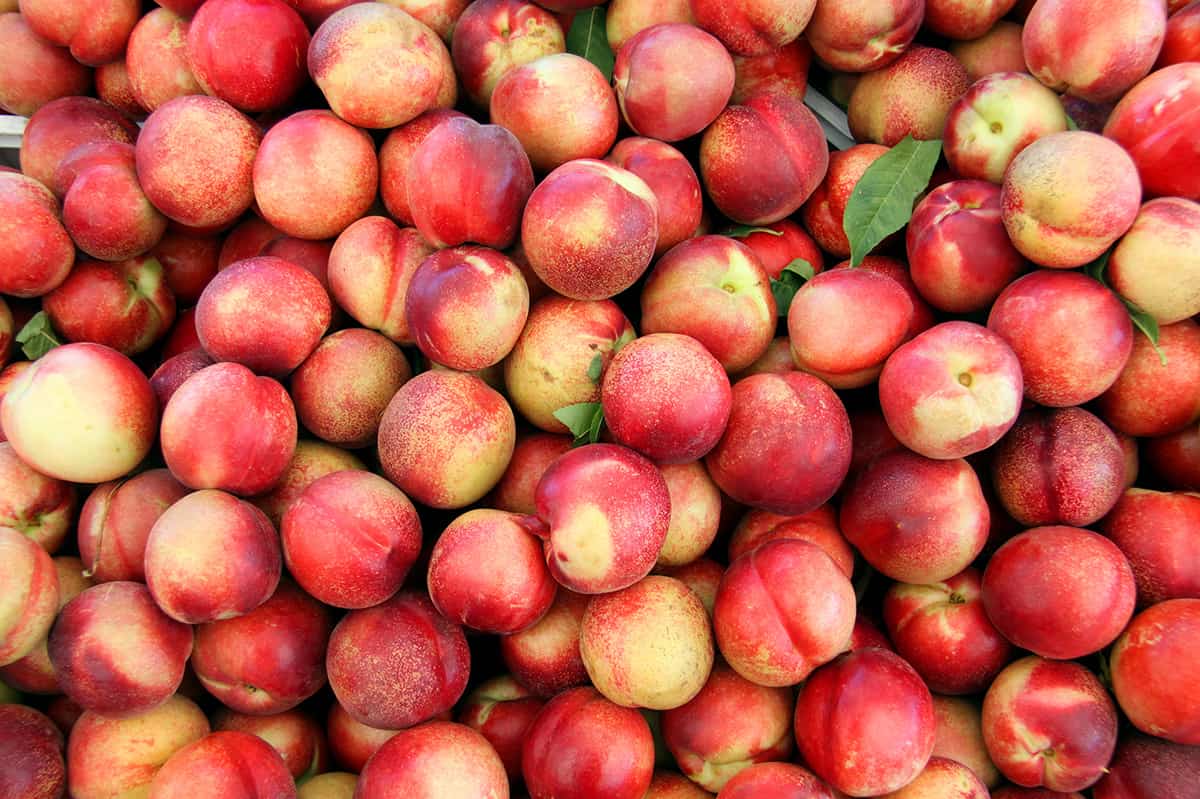

Articles
How To Store Peaches And Nectarines
Modified: February 23, 2024
Learn valuable tips and techniques on how to properly store peaches and nectarines with our informative articles. Keep your fruit fresh and delicious for longer!
(Many of the links in this article redirect to a specific reviewed product. Your purchase of these products through affiliate links helps to generate commission for Storables.com, at no extra cost. Learn more)
Introduction
Peaches and nectarines are delicious and juicy fruits that are enjoyed by many during the summer months. Their vibrant colors, sweet aromas, and refreshing flavors make them a favorite choice for desserts, salads, and snacks. However, these fruits have a relatively short shelf life and need to be stored properly to maintain their quality and prevent spoilage.
In this article, we will explore various methods for storing peaches and nectarines to prolong their freshness and flavor. Whether you want to keep them at room temperature, refrigerate them, freeze them for later use, or even preserve them through canning, we’ve got you covered with comprehensive tips and instructions.
By following these storage guidelines, you can make the most out of your peaches and nectarines, ensuring that they stay delicious and enjoyable for longer periods. So, let’s dive in and discover the best methods for storing these delightful fruits!
Key Takeaways:
- Enjoy peak flavor and freshness of peaches and nectarines by storing them at room temperature, refrigerating, freezing, or canning. Follow specific steps and tips for each method to savor these delightful fruits year-round.
- Choose ripe, firm fruits, handle with care, and follow proper storage techniques to ensure optimal freshness and flavor. Whether enjoying them fresh or preserved, make the most of peaches and nectarines with these storage tips.
Read more: How To Store Nectarines
Choosing the Right Peaches and Nectarines
When it comes to storing peaches and nectarines, selecting the right fruit is crucial. Look for fruits that are firm yet slightly soft to the touch. Avoid fruits that are too hard or those that have soft spots or bruises. The ideal peaches and nectarines should have a vibrant color, ranging from shades of yellow to red.
It’s also important to consider the ripeness of the fruit. If you plan to consume them within a day or two, choose peaches and nectarines that are fully ripe. They should give slightly when gently squeezed and have a sweet aroma. If you want to extend their shelf life, opt for fruits that are slightly underripe. These will continue to ripen at room temperature.
Another factor to consider is the variety of the fruit. There are many different types of peaches and nectarines, each with its own flavor profile and texture. Some varieties are better suited for eating fresh, while others are more suitable for baking or canning. Do some research or ask your local grocer for recommendations based on your intended use.
Lastly, try to buy peaches and nectarines that are in season. They tend to be more flavorful and have better texture compared to out-of-season fruits. In general, peaches are at their peak from June to August, while nectarines are in their prime from July to September. Take advantage of the seasonality to enjoy the best quality fruits.
By choosing the right peaches and nectarines, you set the foundation for successful storage and enjoyable eating experiences. Now that you have your fruits ready, let’s explore the different storage methods to ensure their longevity.
Storing Peaches and Nectarines at Room Temperature
If you plan to consume your peaches and nectarines within a few days, storing them at room temperature is a great option. Follow these steps to ensure optimal freshness:
- Inspect the fruits: Before storing, carefully examine each peach and nectarine for any signs of damage or bruising. Remove any damaged fruits from the batch, as they can cause the rest to spoil more quickly.
- Keep them separate: Peaches and nectarines release ethylene gas, which accelerates ripening. To prevent over-ripening, store them separately from other types of produce.
- Place them in a single layer: Arrange the fruits in a single layer on a plate or tray, without stacking them on top of one another. This allows for proper air circulation, which helps maintain their freshness.
- Avoid direct sunlight: Keep the peaches and nectarines away from direct sunlight, as excessive heat can cause them to spoil more quickly. Find a cool spot in your kitchen or pantry where they can remain undisturbed.
- Check for ripeness: Periodically check the fruits for ripeness by gently pressing them near the stem. They should yield slightly but not be too soft. If they become overly ripe, it’s best to consume them or move them to the refrigerator to prolong their shelf life.
Storing peaches and nectarines at room temperature allows them to continue ripening, becoming even sweeter and juicier. However, keep in mind that this method is suitable for short-term storage. If you don’t plan on consuming them within a few days or if you have an abundance of fruits, it’s best to consider refrigeration or freezing methods to extend their shelf life.
Now that you know how to store peaches and nectarines at room temperature, let’s explore the next option: refrigeration.
Refrigerating Peaches and Nectarines
If you want to extend the shelf life of your peaches and nectarines beyond a few days, refrigeration is the way to go. Follow these steps to properly refrigerate your fruits:
- Sort and prepare: Before placing the peaches and nectarines in the refrigerator, check each fruit for any signs of damage or bruising. Remove any damaged fruits, as they can cause the others to spoil more quickly.
- Store in a paper bag: To prevent moisture buildup and maintain optimal humidity, place the peaches and nectarines in a loosely closed paper bag. The paper bag helps to absorb excess moisture and allows the fruits to breathe.
- Choose the right spot: Find a spot in your refrigerator that is well-ventilated and away from strong-smelling foods. The temperature should be set between 32°F (0°C) and 40°F (4°C) for optimal fruit preservation.
- Avoid stacking: If possible, store the peaches and nectarines in a single layer to prevent them from getting crushed or bruised. If you need to stack them, use a layer of paper towels or a soft cloth between the fruits to provide cushioning.
- Keep them separate: Like before, keep peaches and nectarines separate from other fruits and vegetables. They release ethylene gas, which can cause other produce to ripen and spoil more quickly.
Refrigerating peaches and nectarines slows down the ripening process and helps them stay fresh for a longer period, typically up to one week. However, remember that refrigeration can affect the texture of the fruits, making them slightly softer. If you prefer your peaches and nectarines chilled, you can enjoy them directly from the refrigerator or allow them to sit at room temperature for a while to regain some firmness.
Now that you know how to refrigerate your peaches and nectarines, let’s explore the next storage method: freezing.
Store peaches and nectarines at room temperature until ripe, then refrigerate in a plastic bag for up to 5 days. Keep them away from ethylene-producing fruits to prevent over-ripening.
Freezing Peaches and Nectarines
Freezing is a great option if you have a surplus of peaches and nectarines or want to enjoy them beyond their typical shelf life. Follow these steps to properly freeze your fruits:
- Prepare the fruits: Start by washing the peaches and nectarines thoroughly under running water. Pat them dry with a clean towel.
- Peel and pit (optional): If desired, you can peel the fruits by blanching them in boiling water for about 30 seconds, then transferring them to an ice bath. The skins should easily peel off. You can also choose to leave the skin on for added texture.
- Cut into slices or chunks: Slice the peaches and nectarines into uniform sizes or cut them into chunks, depending on your preference. Remove the pits.
- Treat with lemon juice (optional): To prevent browning, you can dip the peach and nectarine slices or chunks into a solution of equal parts water and lemon juice for a few seconds before draining them.
- Arrange on a baking sheet: Place the peach and nectarine slices or chunks in a single layer on a baking sheet lined with parchment paper. Make sure they are not touching each other.
- Flash-freeze: Place the baking sheet in the freezer and freeze the fruits for a few hours, or until they are solid. This prevents them from clumping together when stored in a container.
- Transfer to a freezer-safe container: Once the fruits are frozen solid, transfer them to airtight freezer-safe containers or resealable freezer bags. Label them with the date and contents for easy identification.
- Store in the freezer: Place the containers or bags in the freezer, ensuring they are arranged in a way that maximizes space efficiency.
Frozen peaches and nectarines can be stored in the freezer for up to 12 months. They are perfect for use in smoothies, baked goods, jams, or simply thawed and enjoyed as a frozen treat. Keep in mind that the texture may change slightly after freezing, but they are still delicious and retain their flavor.
Now that you know how to freeze your peaches and nectarines, let’s explore another method of preservation: canning.
Read more: How To Store Peaches
Preserving Peaches and Nectarines through Canning
Canning is a popular method of preserving peaches and nectarines, allowing you to enjoy the flavors of summer long after the season is over. Follow these steps to safely can your fruits:
- Choose ripe, firm fruits: Select peaches and nectarines that are ripe but still firm. Avoid using overripe fruits as they may not hold up well during the canning process.
- Prepare the jars: Sterilize canning jars and lids by placing them in boiling water for a few minutes. Remove them carefully using tongs and let them air dry on a clean towel.
- Peel and pit the fruits: Blanch the peaches and nectarines in boiling water for about 30 seconds, then transfer them to an ice bath. The skins should easily peel off. Cut the fruits in half, remove the pits, and slice them into desired sizes.
- Create a syrup: Prepare a syrup by combining water and sugar in a saucepan. The ratio of water to sugar can vary depending on your preference. Bring the syrup to a gentle boil and let it simmer for a few minutes.
- Pack the jars: Fill the sterilized jars with the peach and nectarine slices, leaving enough headspace at the top. Pour the syrup over the fruit, ensuring all pieces are covered. Use a non-metallic utensil to remove any air bubbles.
- Seal the jars: Wipe the rim of each jar with a clean, damp cloth to ensure a proper seal. Place the lid on each jar and tighten the band fingertip tight—do not over-tighten.
- Process the jars: Submerge the filled jars in a canning pot filled with boiling water. Process them according to the recommended processing time for your altitude and jar size. This will ensure the jars are properly sealed and the contents are safely preserved.
- Cool and store: After processing, carefully remove the jars from the pot and let them cool on a clean towel. As they cool, you should hear a “pop” sound, indicating a successful seal. Store the jars in a cool, dark place for long-term preservation.
Canned peaches and nectarines can last up to a year when stored properly. They can be enjoyed as a standalone treat, used in desserts, or added to recipes all year round. Just be sure to check the jars for any signs of spoilage before consuming.
Now that you know how to preserve peaches and nectarines through canning, let’s explore some general tips to ensure the best results when storing these fruits.
Tips for Properly Storing Peaches and Nectarines
Whether you choose to store peaches and nectarines at room temperature, in the refrigerator, or through freezing and canning methods, there are some general tips to keep in mind to ensure optimal storage and freshness:
- Avoid washing before storage: It’s best to avoid washing peaches and nectarines before storing them. Moisture can accelerate spoilage, so it’s better to wash them just before consumption.
- Handle with care: Peaches and nectarines have delicate skin, so handle them with care to avoid bruising or damaging the fruits. Lightly hold them by the stem and avoid squeezing too hard.
- Store different ripeness levels separately: If you have a mix of ripe and underripe fruits, store them separately as the ripe ones can speed up the ripening process of the underripe ones.
- Check for spoilage: Regularly inspect your stored peaches and nectarines for any signs of spoilage, such as mold, mushiness, or an unpleasant odor. Remove any spoiled fruits to prevent them from affecting the others.
- Use proper storage containers: When freezing peaches and nectarines, use airtight freezer-safe containers or resealable freezer bags to prevent freezer burn. For canning, use sterilized jars with tight-fitting lids.
- Label and date your stored fruits: Proper labeling and dating of stored fruits can help you keep track of their freshness and use them in a timely manner. Use waterproof markers or labels to easily identify the contents and date of preservation.
- Follow recommended storage times: Each method of storage has its recommended storage times. It’s best to consume room temperature peaches and nectarines within a few days, refrigerated ones within a week, frozen fruits within a year, and canned fruits within a year as well.
By following these tips, you can ensure peak flavor, texture, and freshness when storing peaches and nectarines. Whether you choose to enjoy them fresh, refrigerated, frozen, or canned, proper storage techniques will help you make the most of these delicious fruits.
Now that you are equipped with the knowledge of storing peaches and nectarines, you can enjoy their delightful flavors even when they are out of season or in excess. Happy storing and savoring!
Conclusion
Peaches and nectarines are seasonal fruits that bring a burst of flavor and sweetness during the summer months. To extend their shelf life and continue enjoying their deliciousness, it’s important to store them properly. Whether you choose to store them at room temperature, refrigerate them, freeze them, or preserve them through canning, following the right methods will help maintain their taste, texture, and nutritional value.
When storing peaches and nectarines, consider factors such as ripeness, variety, and quality. Choose fruits that are at the peak of freshness and handle them with care to prevent bruising or damage. Storing at room temperature is ideal for short-term consumption, while refrigeration can extend their shelf life for up to a week. Freezing allows you to enjoy them year-round, while canning preserves their flavors for even longer periods.
Remember to follow the specific steps for each storage method, such as inspecting and sorting the fruits, creating proper storage conditions, and using appropriate containers. Be vigilant in checking for signs of spoilage and consume stored fruits within recommended timeframes.
By following these guidelines, you can make the most out of your peaches and nectarines, ensuring that every bite is bursting with freshness and flavor. So, whether you plan to indulge in a juicy peach straight from the refrigerator or savor the taste of summer through a can of canned nectarines in the colder months, proper storage techniques will guarantee a delightful experience.
Now that you have the knowledge and tips for properly storing peaches and nectarines, go ahead and enjoy the fruits of your labor. Get creative with recipes, experiment with different storage methods, and share the joy of these delicious fruits with friends and family. Happy storing and happy eating!
Frequently Asked Questions about How To Store Peaches And Nectarines
Was this page helpful?
At Storables.com, we guarantee accurate and reliable information. Our content, validated by Expert Board Contributors, is crafted following stringent Editorial Policies. We're committed to providing you with well-researched, expert-backed insights for all your informational needs.
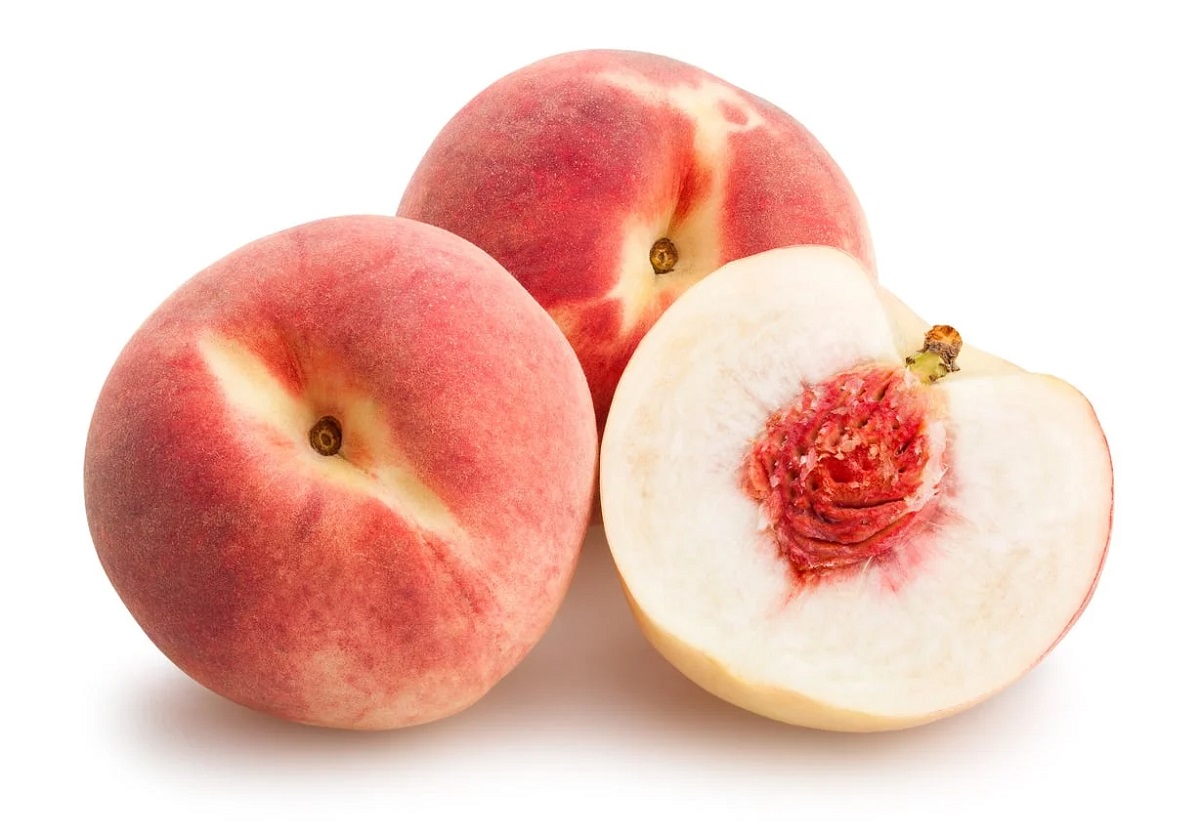
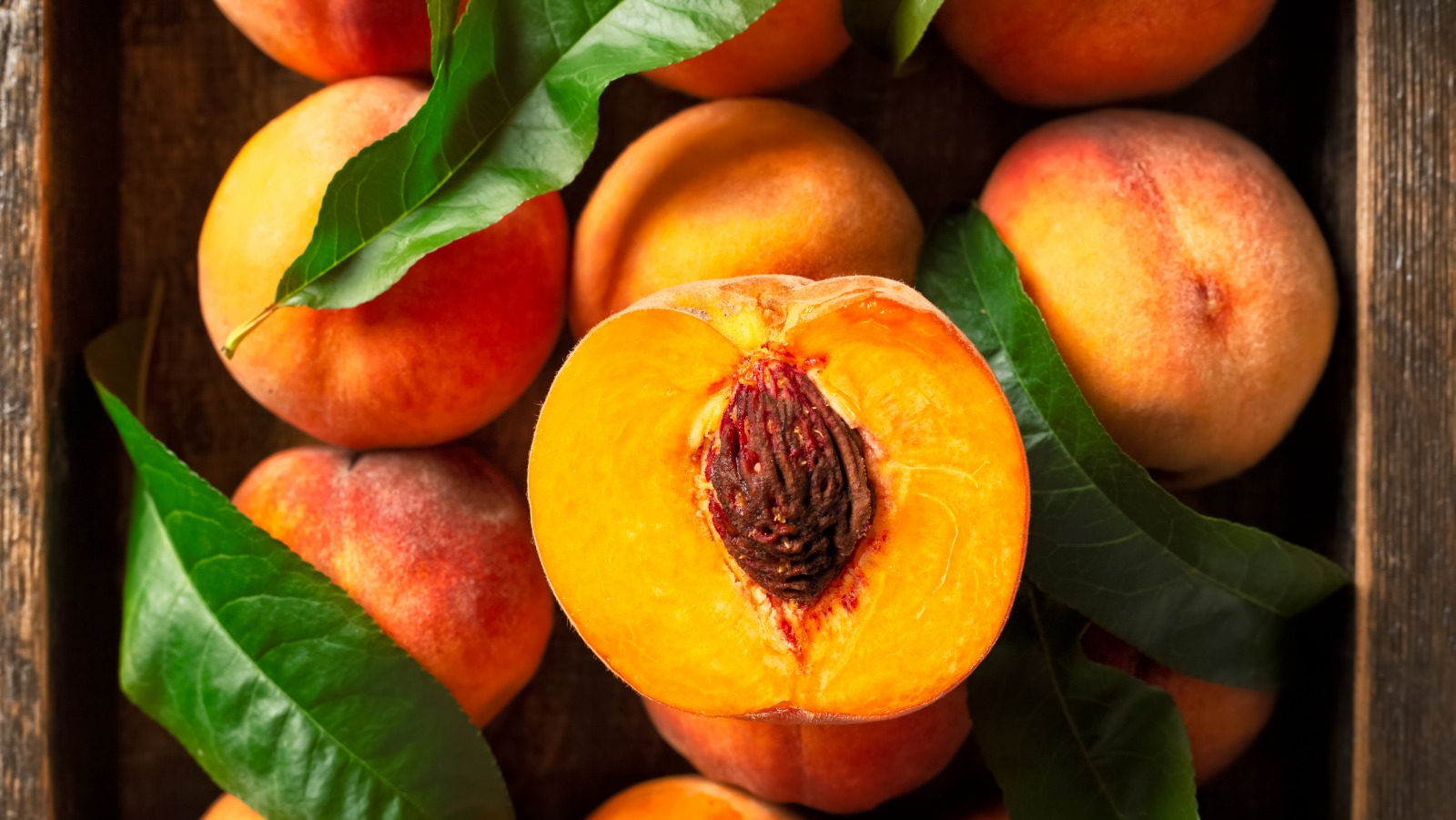
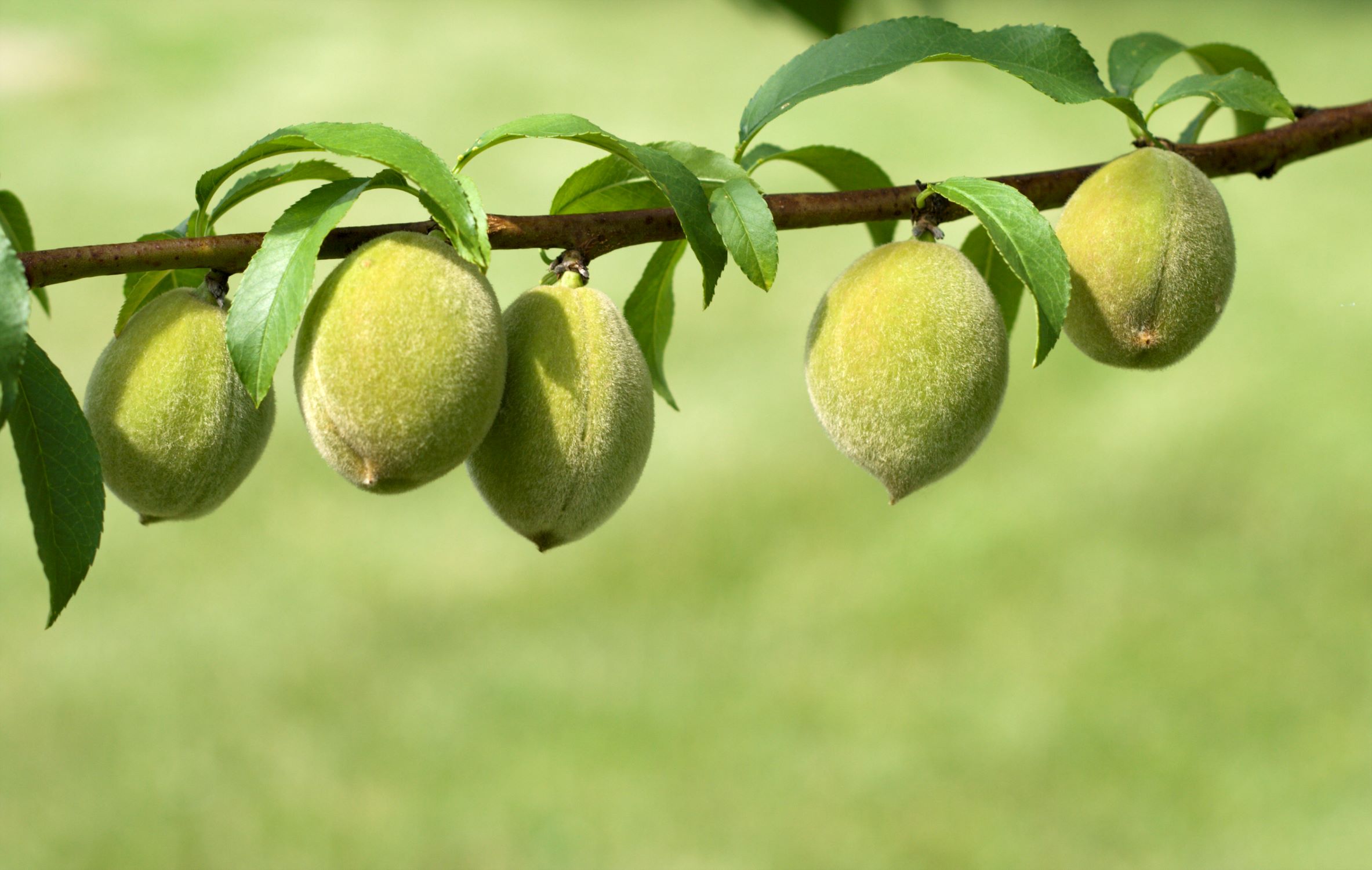
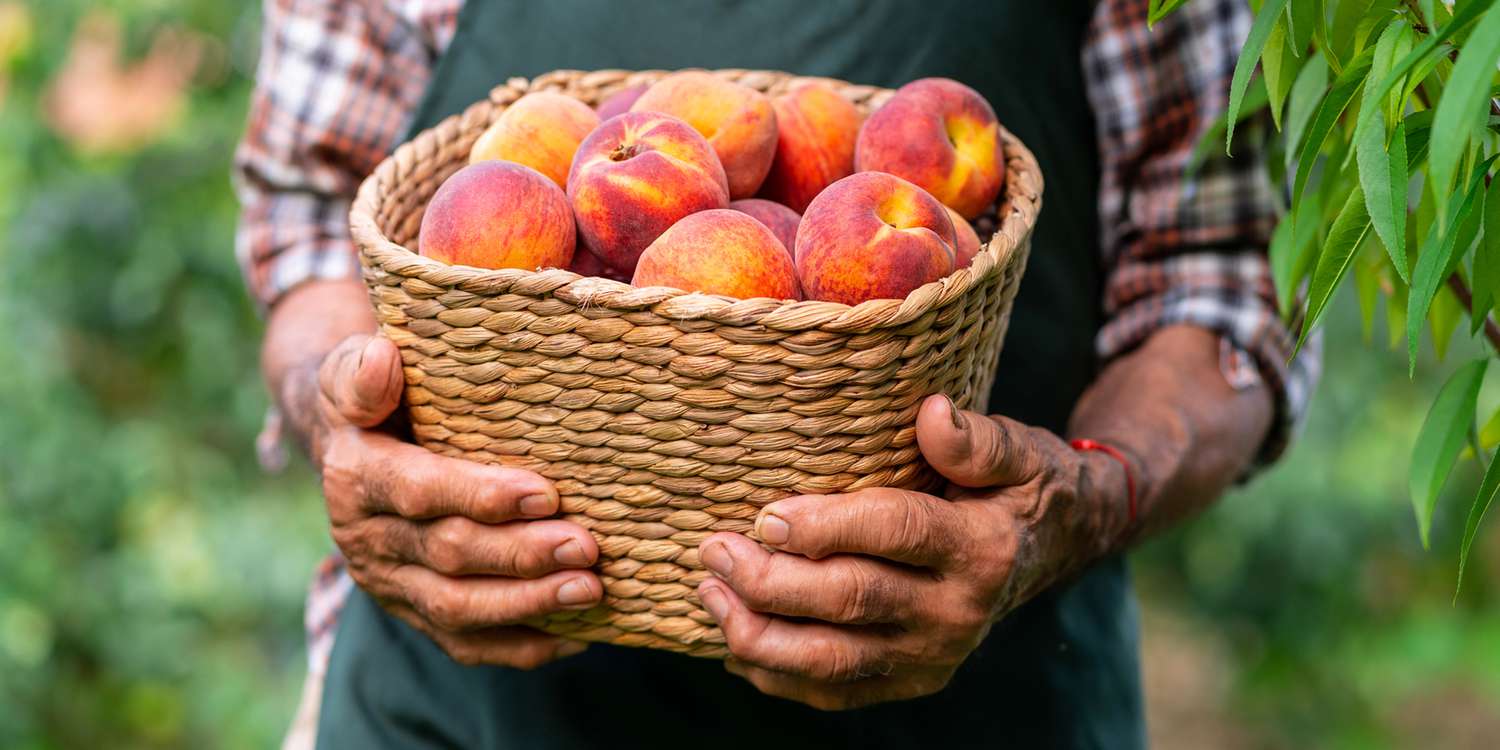
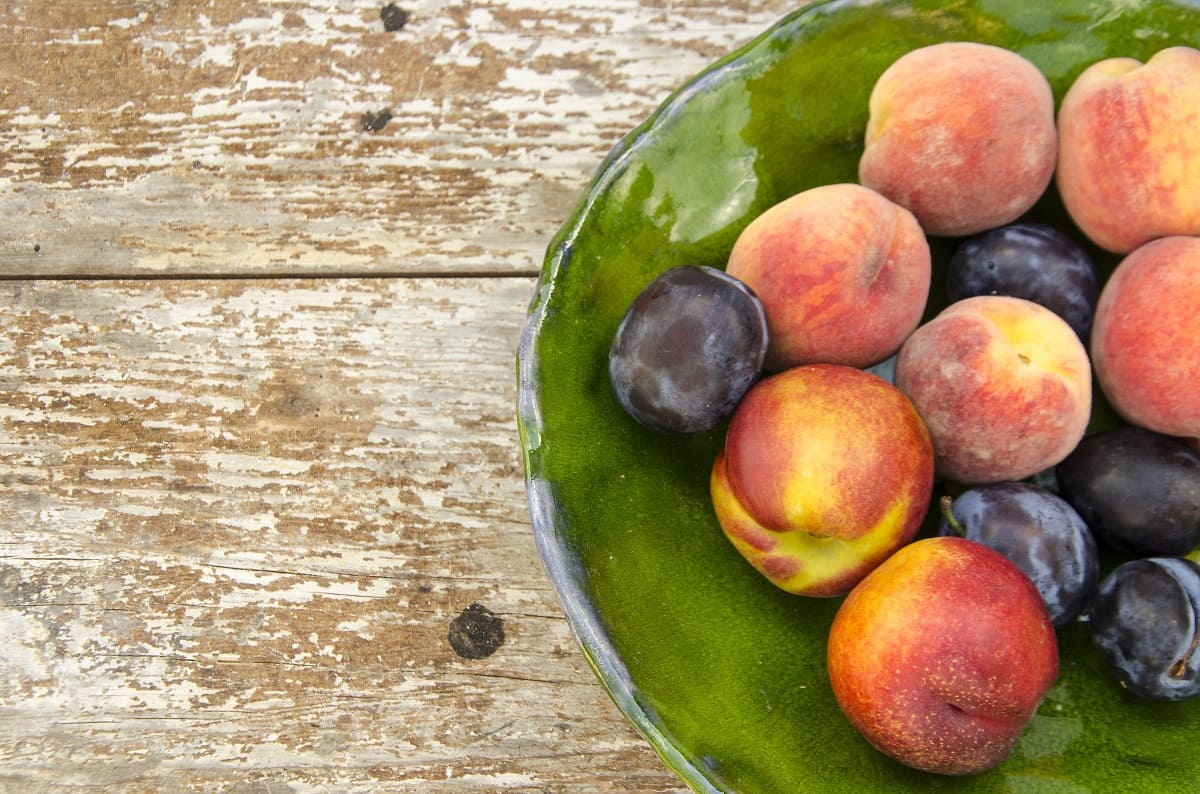
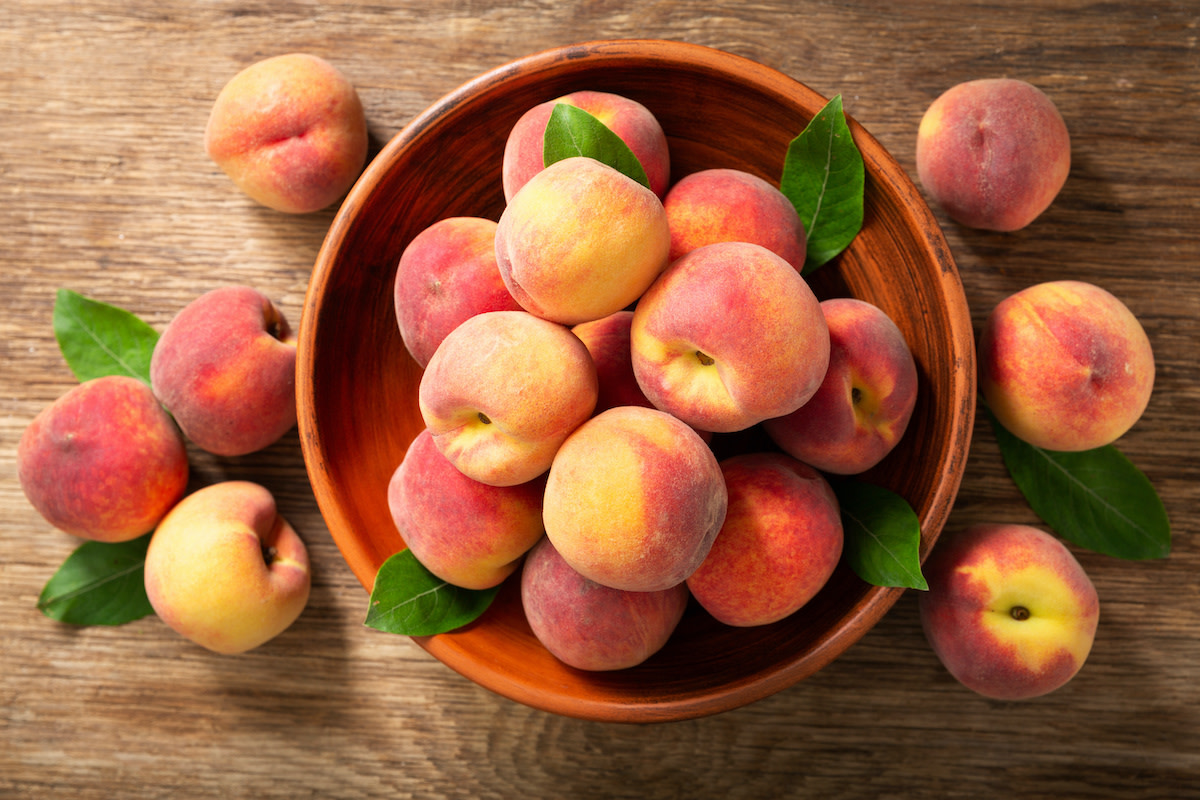
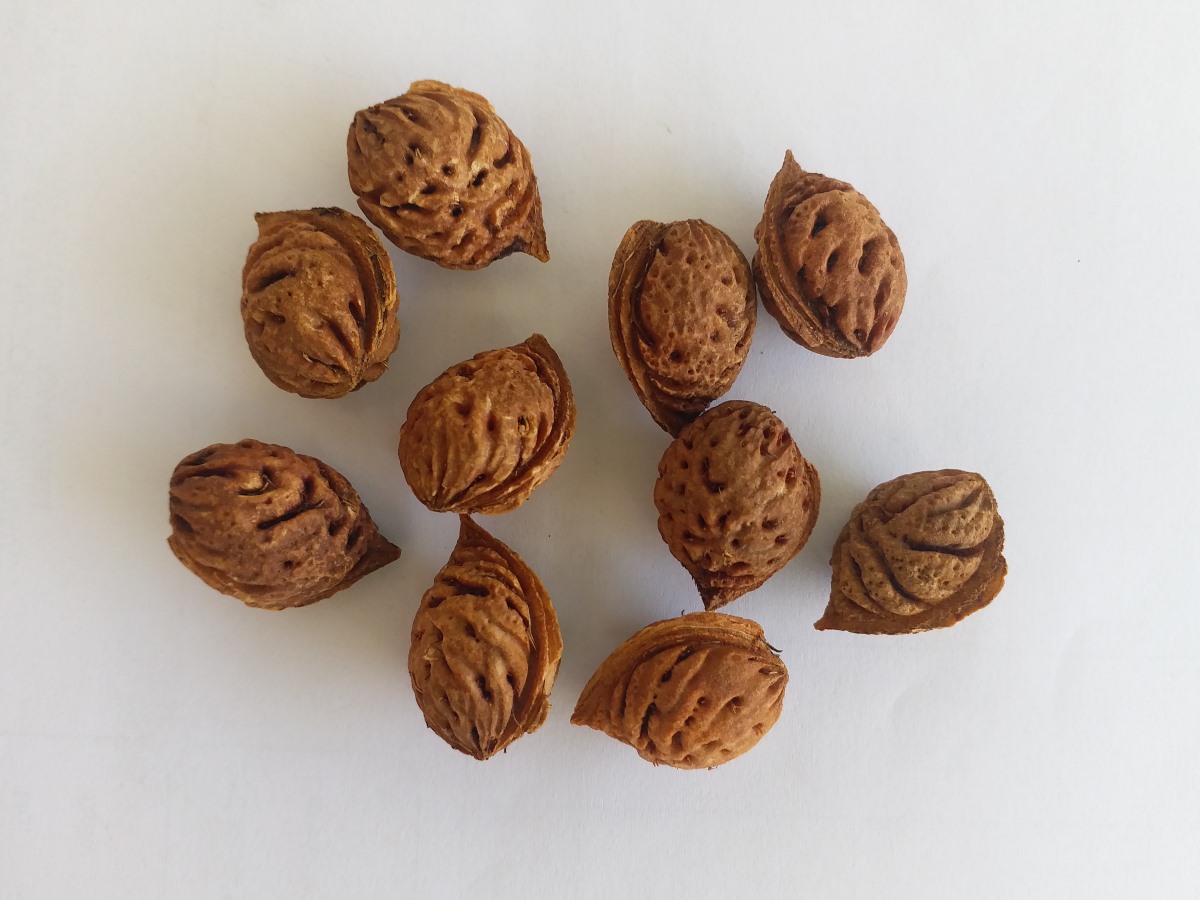
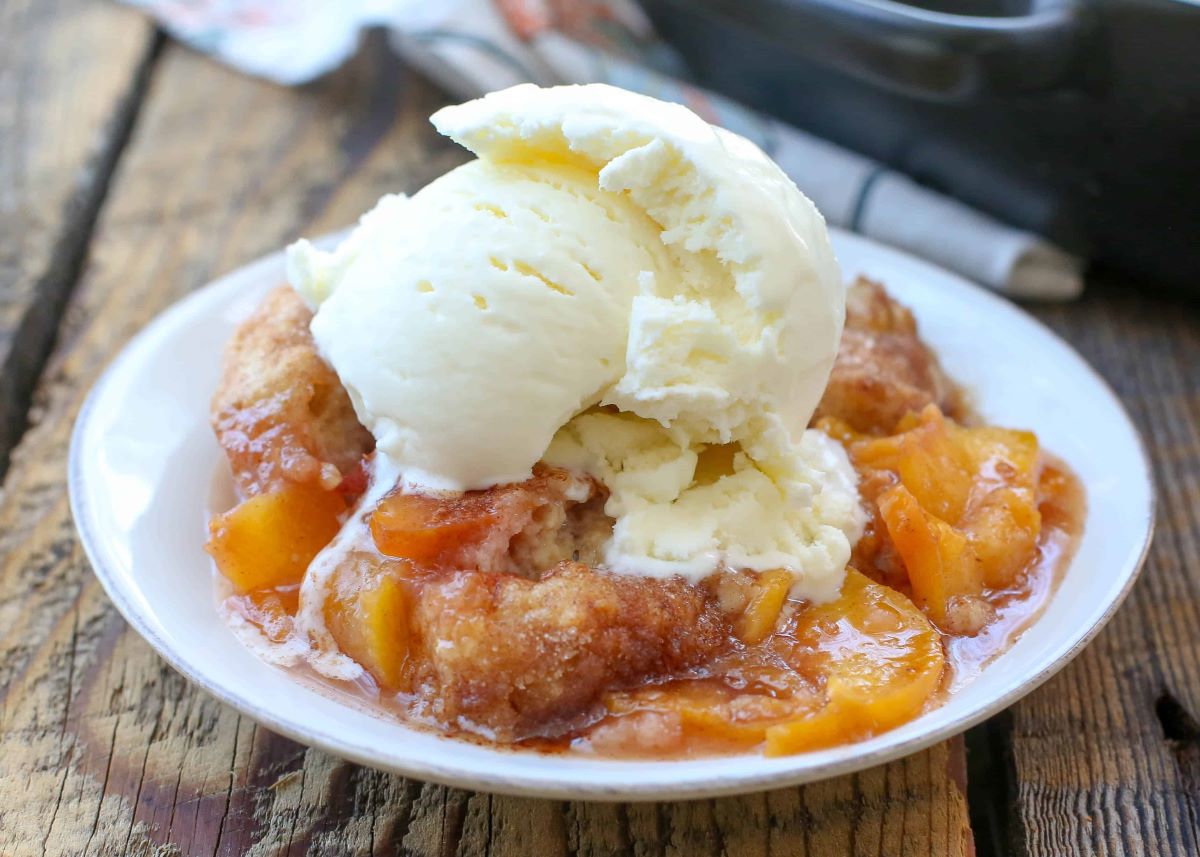
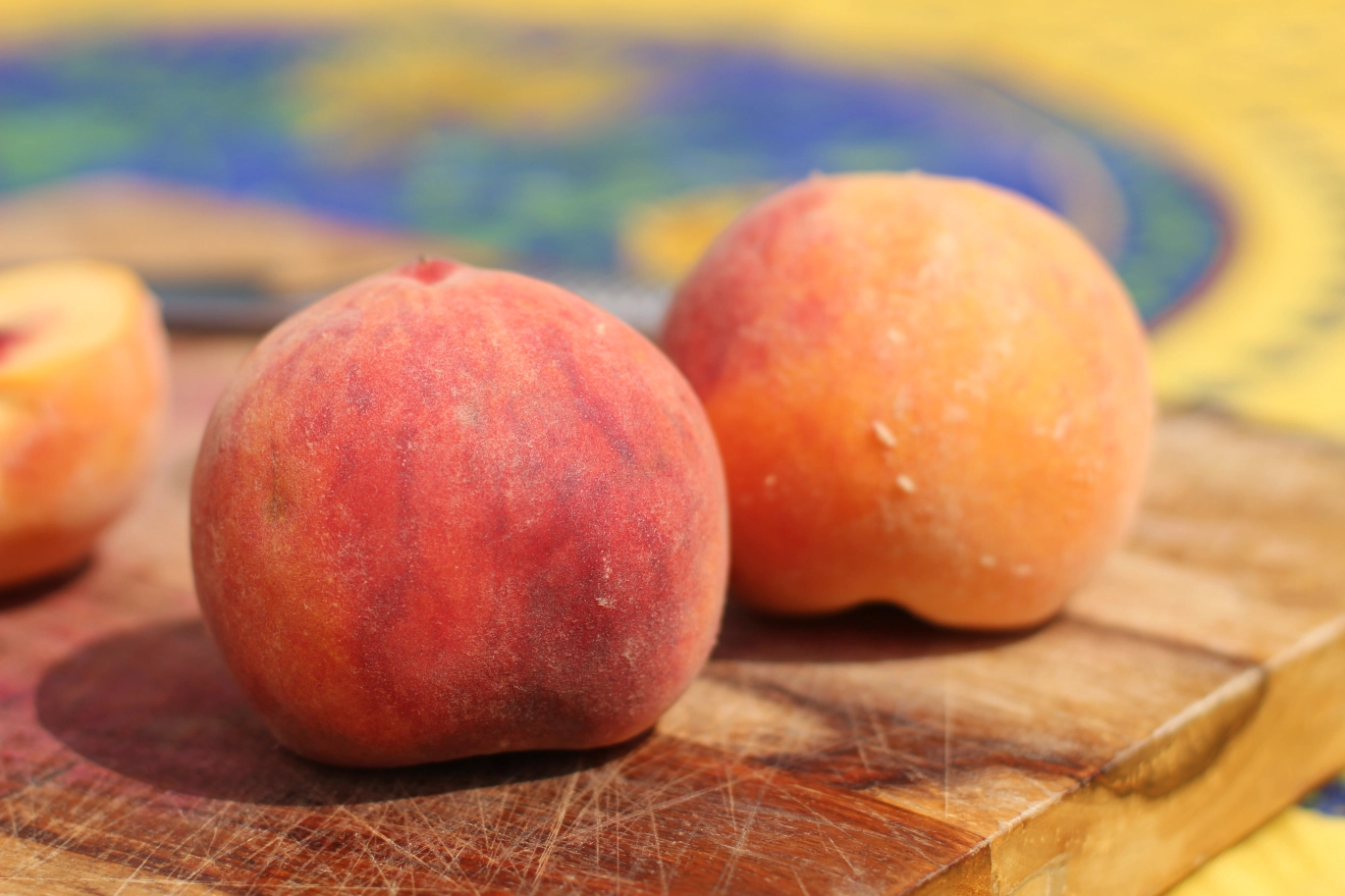
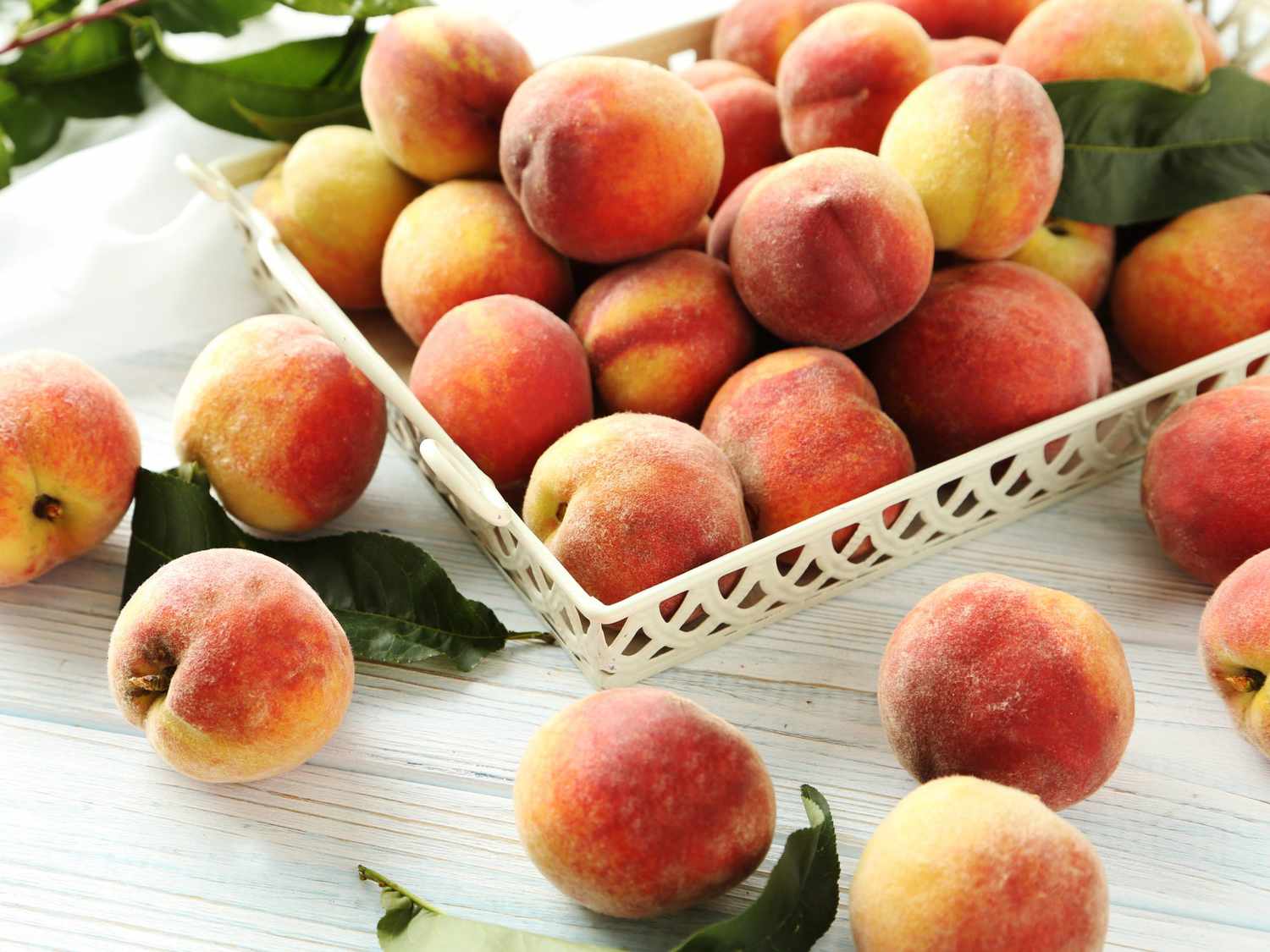


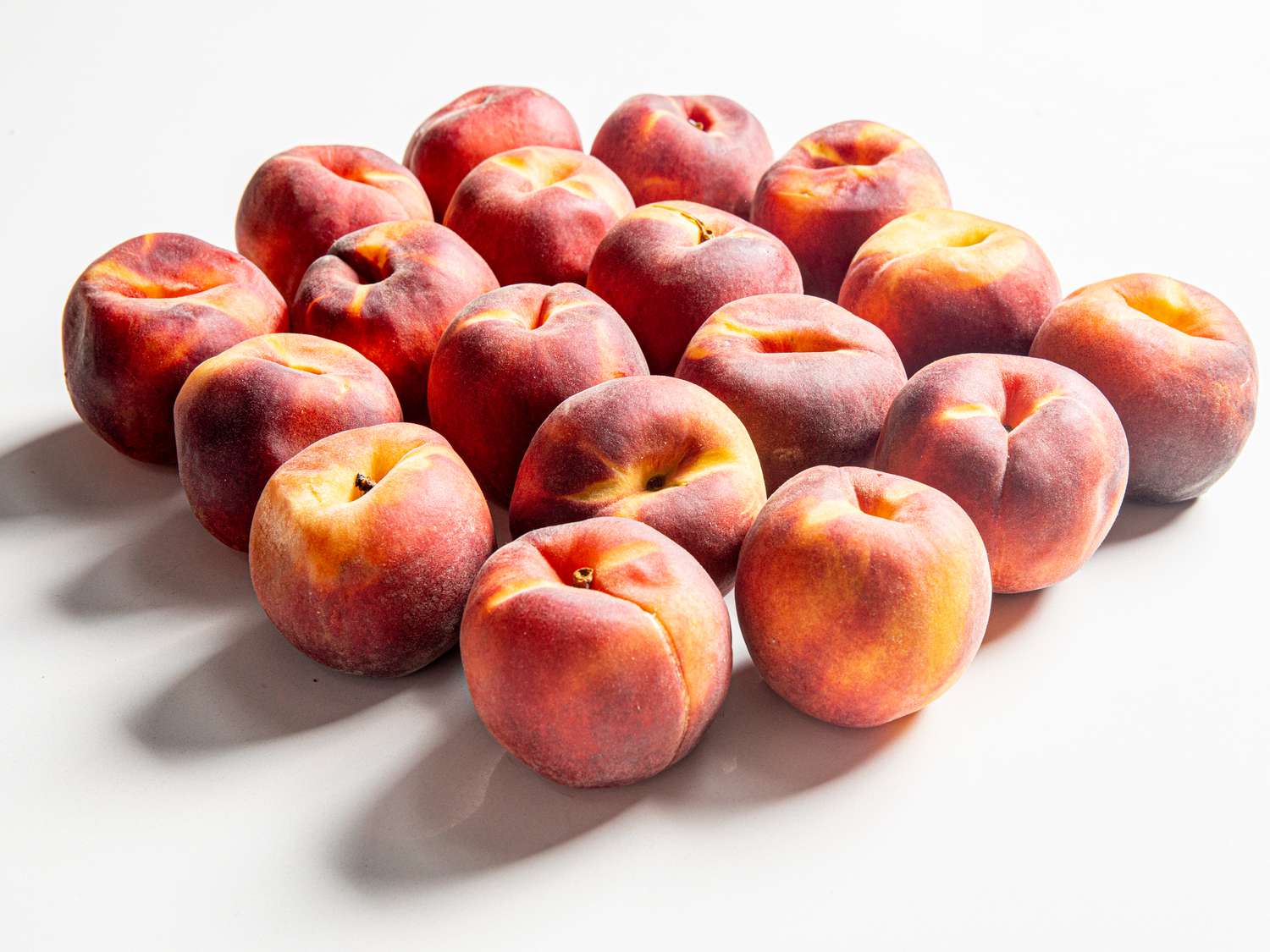


0 thoughts on “How To Store Peaches And Nectarines”